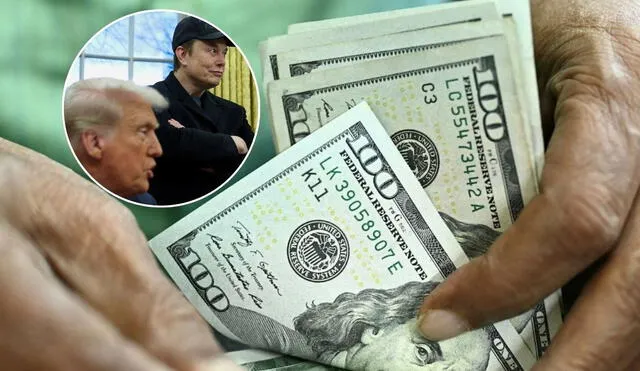DOGE dividend check explained: Who’s eligible for the $5,000 stimulus?
While DOGE dividend is a redistribution of wealth, as a tax rebate it would exclude lower earners in the U.S.

The buzz around the proposed $5,000 DOGE dividend checks continues to grow. Spearheaded by President Donald Trump and supported by Elon Musk’s Department of Government Efficiency (DOGE), this initiative aims to return a portion of government savings directly to taxpayers.
President Trump said back in February that the $5,000 dividend checks would come from the claimed savings that DOGE accrues on the path to its savings goal of $2 trillion. But what exactly is the DOGE dividend, and who qualifies for this potential windfall? Here’s everything you need to know.
What is the DOGE dividend check?
The DOGE dividend is a proposed $5,000 stimulus check funded by 20% of the savings identified by the Department of Government Efficiency (DOGE). This initiative, led by Elon Musk, focuses on cutting federal waste and inefficiency, with the goal of redistributing a portion of these savings to American taxpayers.
Unlike pandemic-era stimulus checks, the DOGE dividend would be non-inflationary, as it’s funded exclusively by savings rather than deficit spending. According to James Fishback, CEO of Azoria Investment Firm, who originally proposed the idea, the dividend would be sent only to households that are net federal income taxpayers—meaning they pay more in taxes than they receive in benefits.
Who is eligible for the $5,000 Stimulus?
Eligibility for the DOGE dividend is stricter than previous stimulus programs. Here’s what we know so far:
- Net taxpayers only: The refund would go to households that pay more in federal income taxes than they receive in benefits.
- Income thresholds: Lower-income Americans, particularly those with adjusted gross incomes under $40,000, are unlikely to qualify, as they typically pay little to no federal income tax.
- Per household, not per individual: The $5,000 check would be issued per household, not per individual taxpayer.
This targeted approach ensures the dividend reaches those who contribute significantly to federal revenue, rather than being distributed indiscriminately.
What’s next for the DOGE dividend?
While the idea has gained traction, details remain unclear. Trump has expressed support for the plan, stating in his speech: “The numbers are incredible, Elon. So many millions, billions—hundreds of billions. We’re thinking about giving 20% back to the American citizens and 20% toward paying down our debt.”
Fishback has described meetings with lawmakers as “very productive.” However, no formal legislation has been introduced yet. Yet, Fishback remains optimistic, stating, “American taxpayers deserve a ‘DOGE Dividend’: 20% of the money that DOGE saves should be sent back to hard-working Americans as a tax refund check. It was their money in the first place,” in another X post. “At $2 trillion in DOGE savings and 78 million tax-paying households, this is a $5,000 refund per household, with the remaining used to pay down the national debt.”












